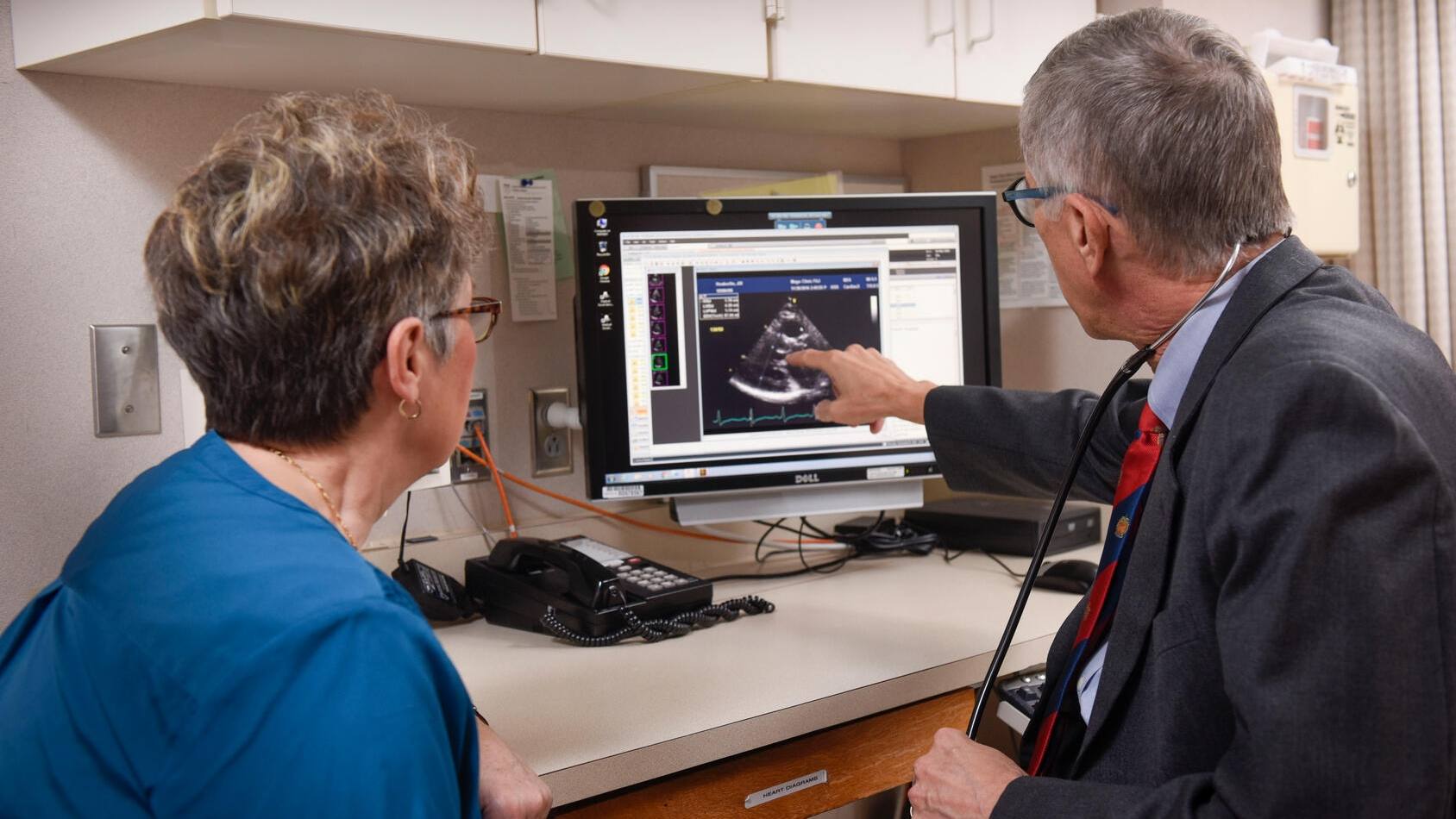Cardiovascular

December 7, 2023
ROCHESTER, Minn. — Patients who received the anticoagulant drug warfarin after bioprosthetic aortic valve replacement had lower incidence of mortality and a decreased risk of[...]
March 26, 2012
March 25, 2012
March 24, 2012
March 24, 2012
February 18, 2011
Explore more topics
 Sign up
Sign up

Mayo Clinic Connect
An online patient support community

